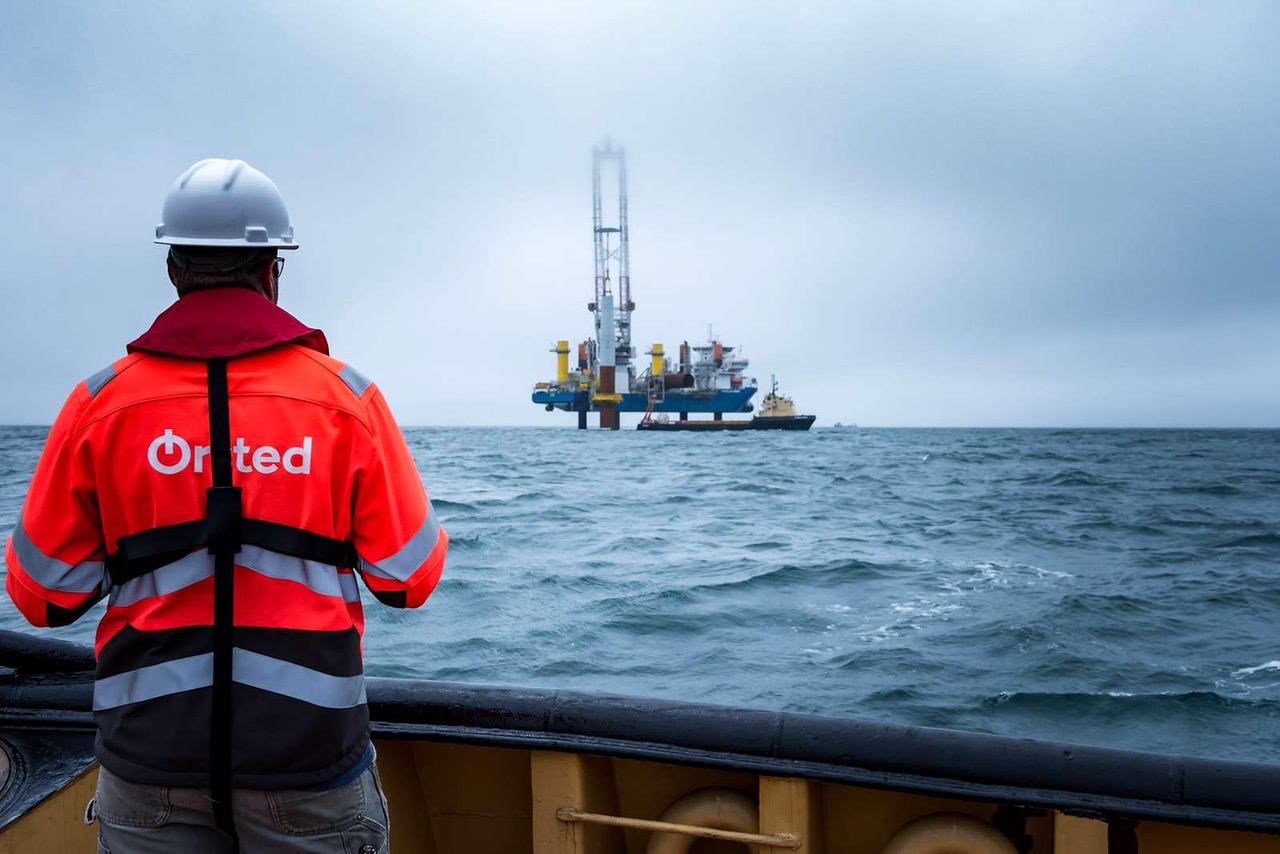Forecasting U.S. Offshore Wind
Offshore wind is taking off in the U.S. Declining offshore wind costs, rising demand for renewable energy, and increasing government actions have accelerated the evolution of the U.S. offshore wind sector. According to the Office of Energy Efficiency and Renewable Energy, the U.S. offshore wind energy pipeline increased by 24 percent from 2019 to 2020. Moreover, the U.S. has set its sights on 30 GW of offshore wind capacity by 2030.

As U.S. wind developers and operators increasingly explore offshore locations, it is essential to understand the critical role the weather plays in the operations and maintenance of offshore wind farms. Not only does weather determine the output from the turbines, it also governs when you can safely access offshore locations for installation and maintenance.
Strong winds and high waves may limit the accessibility of offshore locations, causing difficulties when loading, transporting, and installing wind turbines during construction. Lightning and thunderstorms may also threaten the safety of technicians during installation and maintenance work.
Offshore weather can be extreme, and conditions change rapidly. Throughout all phases of developing and operating an offshore wind farm, understanding the on-site weather conditions is key.
Accurate Weather Forecasts for Efficient Offshore Development
Offshore wind projects always involve a tradeoff between the cost of equipment, logistics setup, and weather downtime. With these three factors in place, weather becomes the limiting factor for offshore operations. Wind developers and operators rely on location- and industry-specific weather forecasts for better installation and maintenance scheduling, and increased safety of every crew member when at sea.
 For example, during the construction of one of the first offshore wind projects in the U.S. – the Coastal Virginia Offshore Wind project – accurate weather forecasts were used extensively to give different suppliers and stakeholders the information they needed to work efficiently and safely.
For example, during the construction of one of the first offshore wind projects in the U.S. – the Coastal Virginia Offshore Wind project – accurate weather forecasts were used extensively to give different suppliers and stakeholders the information they needed to work efficiently and safely.
In development projects of this scale, local weather expertise can often be overlooked, leading to project delays - even safety incidents as logistics setups are pushed to the limit. Experienced offshore wind developers know the pitfalls; one European-based offshore wind installation contractor leveraged accurate weather forecasting to define weather windows for installing components like wind turbine blades during the pre-assembly and installation phases. Thanks to precise weather forecasts, the developer could plan ahead to have a blade rigged in time to take advantage of weather windows that often were as brief as two hours.
Safer Far-shore Operations with Weather Intelligence
In a remote far-shore location in the North Sea, wave heights can reach 10 meters and wind speeds can top 24 m/s. Yet, several wind turbines power nearly 400,000 homes every year with clean and sustainable energy. Each turbine requires regular maintenance to continuously supply this energy to the grid. As access and work on these turbines must be carefully planned, weather intelligence dictates scheduling logistics and safety.
Technicians access the turbines by service operation vessel (SOV) or helicopter, according to specific safety thresholds. For the SOV, the most important threshold involves wave height; the maximum safe limit is two meters. In fact, when landing, just 20 centimeters can make a big difference.
Site-specific and timely weather forecasts help to simplify planning. The operations team uses daily forecasts every morning to decide how many teams to send out, and when they need to bring them back to stay within their thresholds. In five years, they have never had a situation where they had to leave anyone on the turbine - everyone has been delivered safely back on the vessel.
Advanced weather forecasting is also an essential tool for the service teams when they are out on a turbine. Certain tasks require specific weather thresholds. When onsite, the technicians can check these thresholds and plan a job accordingly. Craning up a turbine from the outside, for example, needs calm weather.
Advanced weather intelligence keeps technicians safe, both physically and mentally.

The Importance of Understanding the Weather
The development of offshore wind in the U.S. today closely parallels the development of offshore wind in Europe only a few decades ago. Both markets have adopted eco-friendly energy policies in response to climate change pressures and public interest. However, while recent offshore wind projects in Europe compete with other energy sources without the need for government subsidies, operational offshore wind projects in the U.S. are still small demonstrations meant to showcase the industry’s potential.
As offshore wind power catches on in the U.S., developers and operators can learn valuable lessons from their European counterparts – especially the importance of understanding the weather during the planning, construction, and operation phases.
When working offshore, good weather is a precious resource. Accurate forecasts ensure offshore wind developers and operators are ready to go as soon as a weather window opens - improving efficiency, ensuring the turbines are well-maintained, and keeping operating costs at a minimum.

Anna Hilden has over a decade of industry experience, and been coordinating StormGeo’s offshore wind team since 2008. With a background of working in meteorology, as well as experience from a leading wind turbine OEM, Anna helps drive meteorological services to clients in the renewable energy sector for safer and more efficient offshore operations.StormGeo is a global provider of weather intelligence and decision support services. More than 12,000 ships rely on StormGeo software or services for navigational planning, route optimization, weather routing, and fleet performance. StormGeo is a part of Alfa Laval.
StormGeo | www.stormgeo.com
Author: Anna Hilden
Volume: 2022 September/October








